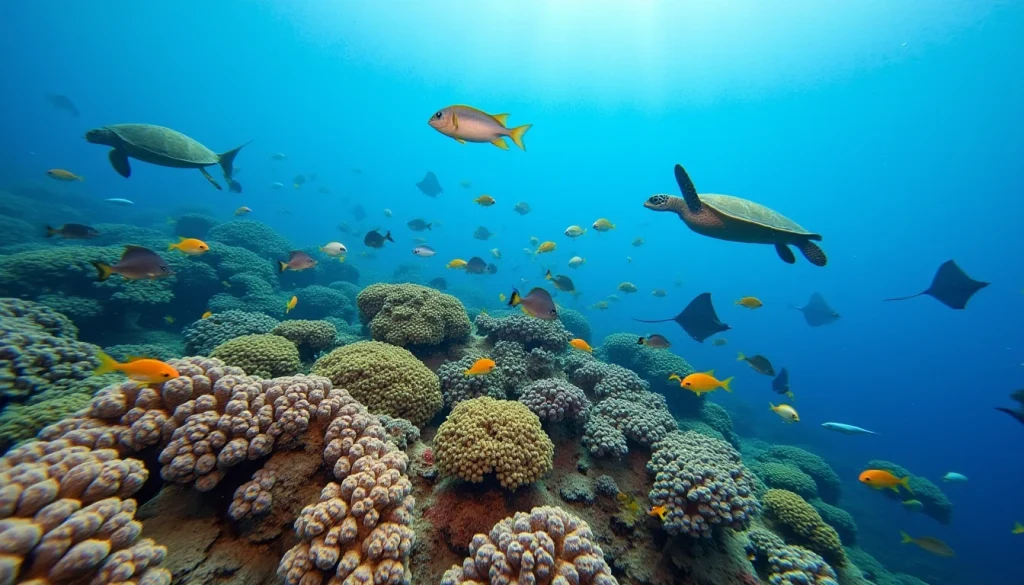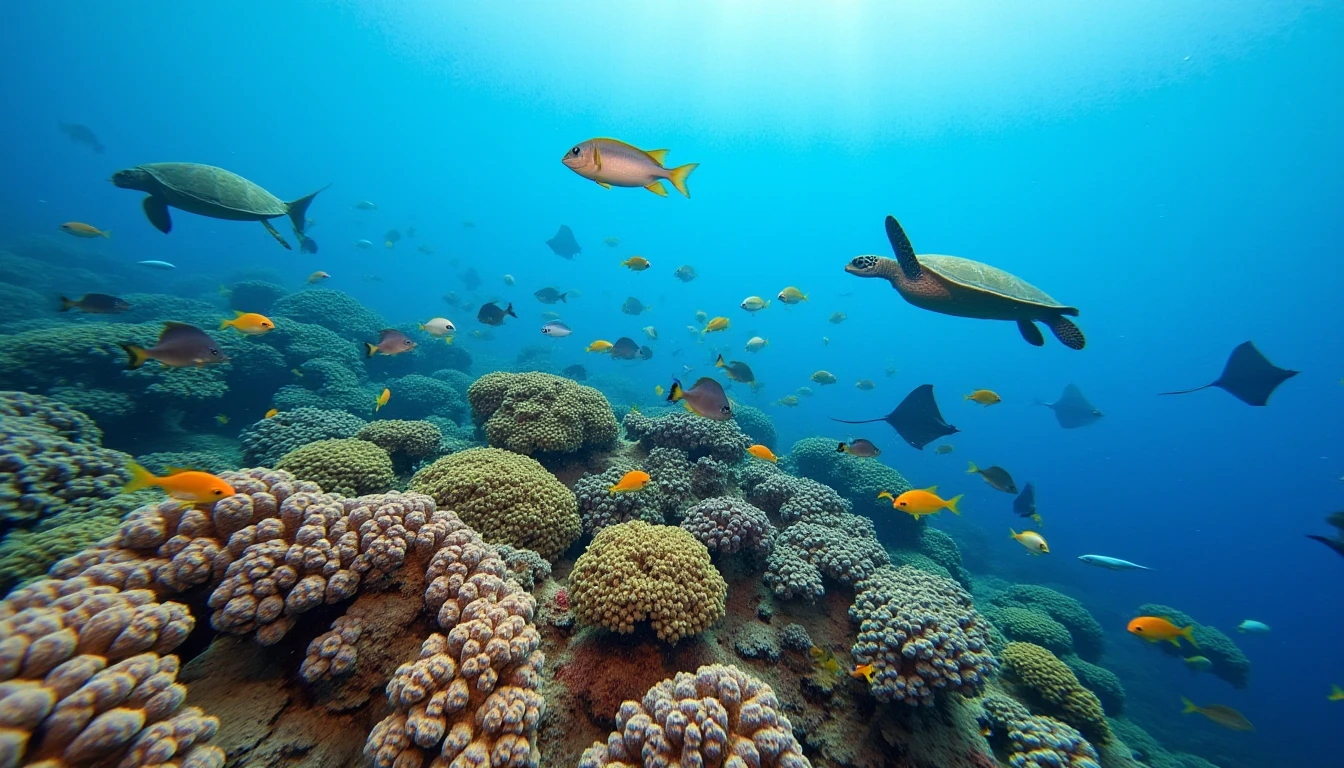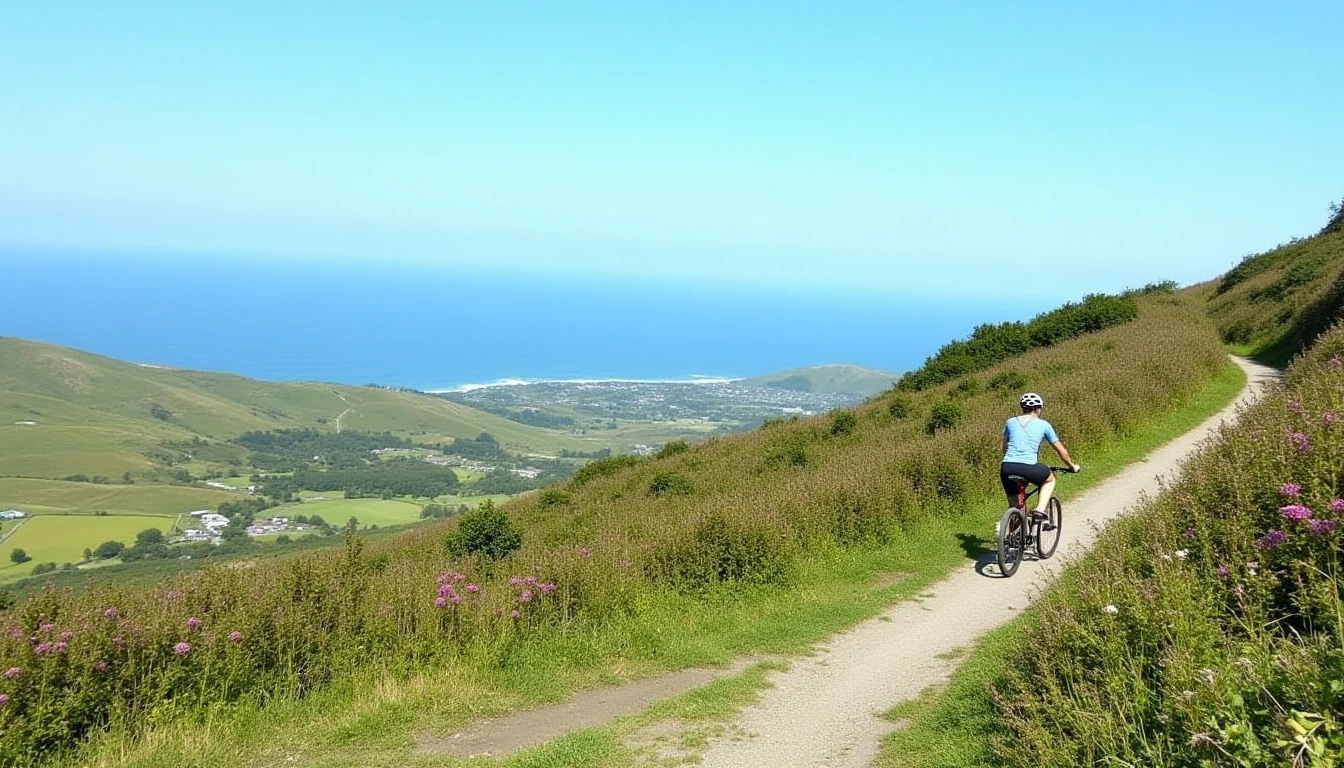The Mystique of Togean Islands
The Togean Islands, nestled within Central Sulawesi’s Gulf of Tomini, are often overlooked by travelers, despite their remarkable natural beauty and rich biodiversity. These islands offer a serene escape from the hustle and bustle of more popular Indonesian destinations. Each island is separated by crystal-clear turquoise waters, forming an idyllic archipelago that invites exploration.
One of the most captivating aspects of the Togean Islands is its untouched coral reefs teeming with marine life. Snorkelers and divers will find themselves surrounded by vibrant schools of fish, sea turtles, and even manta rays. The underwater landscape is a testament to Indonesia’s reputation as the “center of marine biodiversity,” where every dive promises an encounter with something extraordinary.
Additionally, visitors can immerse themselves in the islands’ unique cultural heritage. Indigenous communities have preserved their traditional way of life, offering insights into centuries-old customs and traditions. These communities are often welcoming and eager to share stories about local myths and legends, which add a layer of intrigue to any visit. The interaction with these locals provides an enriching experience that goes beyond the typical tourist activities.

The Hidden Gems of Sumba Island
Sumba Island, located in East Nusa Tenggara, is another remote gem that deserves more attention from travelers seeking authentic experiences. This island offers a stark contrast to the lush landscapes found elsewhere in Indonesia, with its arid climate and rugged terrain creating a unique and memorable setting.
The beaches of Sumba are particularly noteworthy, with white sand stretches along the coast providing an ideal location for sunbathing or simply admiring the ocean’s vastness. The coastal cliffs, some of which rise dramatically from the shore, offer breathtaking views that can only be experienced in this part of Indonesia. These cliffs, known as “Pasir Putih,” are not just visually stunning but also play a significant role in local folklore.
Apart from its natural beauty, Sumba is home to rich cultural traditions that have remained largely untouched by modernization. The island’s iconic megalithic tombs, known as “bua-bua,” are testament to the enduring strength of Sumbanese culture. These stone structures, often decorated with intricate carvings, serve as a link to the past and offer visitors a glimpse into the lives of ancestors who lived on these islands centuries ago.
The Serenity of Bantaeng Island
Bantaeng Island, part of the Lesser Sunda Islands, is a sanctuary for those seeking tranquility and solitude. Its remote location ensures that it remains off the beaten path, making it an ideal destination for nature lovers who wish to disconnect from the world.
The island’s landscape is dominated by lush greenery, with dense forests offering opportunities for hiking and birdwatching. These forests are home to numerous endemic species of birds, some of which can only be found in this part of Indonesia. Bird enthusiasts will find Bantaeng Island a paradise, as the diversity of avian life provides ample opportunities to spot rare and beautiful creatures.
In addition to its natural beauty, Bantaeng Island also offers visitors an opportunity to experience traditional Indonesian hospitality through homestays with local families. Staying in these communities allows travelers to engage more deeply with the island’s culture, learning about daily activities such as farming and fishing. This immersion into local life provides a deeper understanding of the values that have sustained these remote communities for generations.
The Mysteries of Rote Island
Rote Island, located off the coast of East Nusa Tenggara, is another destination rich in history and natural beauty. Despite its proximity to more popular Indonesian islands like Bali and Lombok, Rote remains largely unexplored by international tourists.
One of the most striking features of Rote Island is its diverse topography, which includes pristine beaches, rolling hills, and volcanic landscapes. The island’s central mountains are particularly captivating, offering panoramic views that span across the entire archipelago. Hiking to these peaks provides not only a challenging physical experience but also an opportunity to witness some of Indonesia’s most breathtaking vistas.
The indigenous people of Rote have maintained their unique cultural identity, which includes distinct languages and traditions. Traditional dances, music, and crafts are still practiced today, offering visitors a glimpse into the island’s rich heritage. These cultural expressions not only entertain but also educate tourists about the history and social structure of the community, providing insights that cannot be found in guidebooks.
The Enchantment of Wakatobi Islands
Wakatobi Islands, located off Southeast Sulawesi, are renowned for their unparalleled underwater beauty. This archipelago is often referred to as a “marine paradise,” with its pristine waters and diverse marine life making it a scuba diver’s dream destination.
The coral reefs surrounding the Wakatobi Islands are among the best-preserved in Indonesia, offering an exceptional diving experience. The diversity of fish species, including clownfish, angelfish, and reef sharks, ensures that each dive is filled with unexpected encounters. For underwater photographers, the vibrant colors and clear visibility provide perfect conditions for capturing stunning images.
Beyond its marine life, Wakatobi Islands also offer a wealth of historical sites that reflect centuries of human habitation. Ancient cave paintings on Wangi-Wangi Island depict scenes from prehistoric times, providing valuable insight into early Indonesian civilizations. These caves serve as windows to the past, allowing visitors to connect with the island’s history in a profound and tangible way.
Conclusion
Each of these remote archipelagos in Indonesia offers unique experiences that cater to different interests—from wildlife enthusiasts and cultural historians to adventure seekers and nature lovers. By exploring these under-the-radar destinations, travelers can discover new perspectives on Indonesian culture and geography, ensuring their journeys are both enriching and unforgettable.





